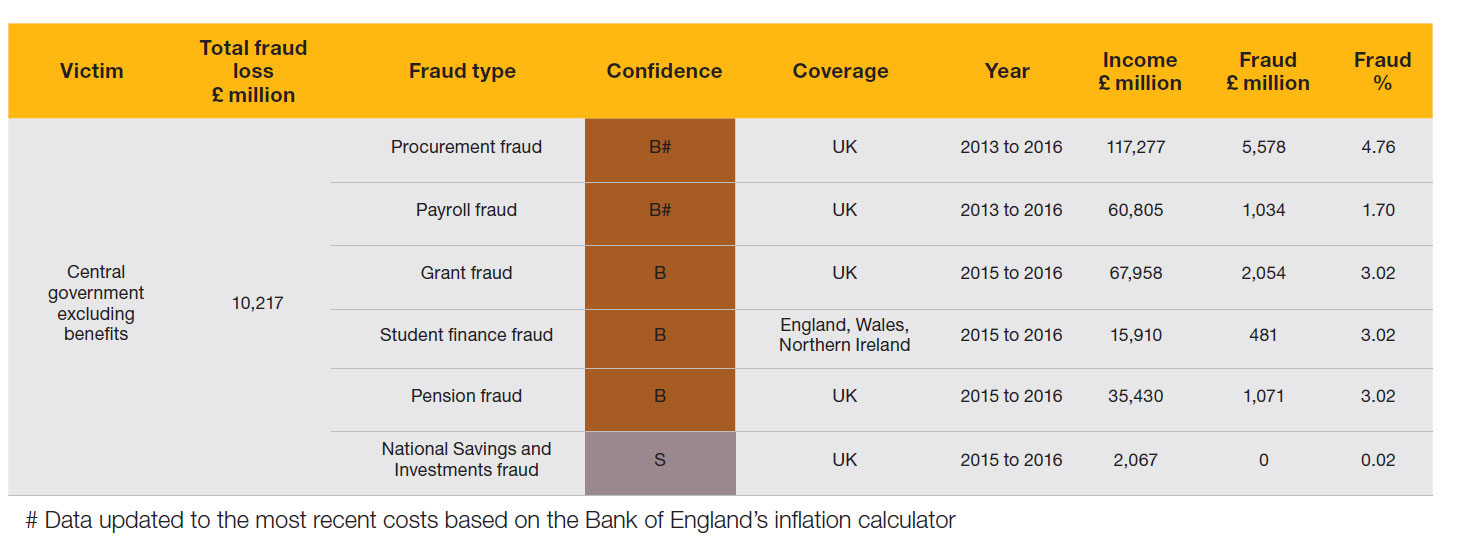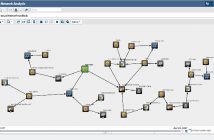
The purpose of this blog post is to explain, in a very easy way, the definition of procurement fraud, how to fight it and why it is so important to act on. First, let me start with an example of procurement fraud that recently hit the headlines in Sweden and, as it happens, took place in a company I previously worked with, Försäkringskassan.
Everyone who lives or works in Sweden is covered by social security via Försäkringskassan, which is responsible for benefits, compensation and allowances for families with children, as well as people with disabilities or illnesses.
One of the most important and most difficult insurances is “Assistansersättning.” This insurance enables very ill people (with major disabilities) to keep their living standard as close to a normal life as possible. This is done via assistance companies, aimed to support their customers (i.e., patients). This could, for example, be done by visiting the patients and taking them out for a movie, going to a café or helping them with home tasks like cleaning, personal hygiene, etc. Big amounts of money are thus transferred from Försäkringskassan to pay these companies for their services.
How did fraud take place in this case? Some employees at Försäkringskassan were investigated. One of them was a woman who was promised a management job at the assistance company. Actually, she was one of five people at Försäkringskassan being investigated for similar crimes in only one year.
She queried internal databases and printed out security-classified lists of people with severe disabilities, which she was not allowed to do. She handed over these lists to people working for a company providing care and support services. Thus, the companies providing support could find patients and would be able to contact them, which enabled the patients to be recruited. Normally, patients with these care requirements choose the services for themselves, but with access to these patient lists, the service company could be proactive, and the result could easily show an increased turnover and thereby extra-good earnings. Since the companies on average receive SEK 1.8-2 million per patient, it is an interesting area to obtain knowledge about.
This example from the company that I previously worked with represents only one area of procurement fraud, but there are far more!
Let’s talk numbers
According to PwC’s report Public Procurement: Costs We Pay for Corruption, the EU countries spent EUR 447 billion under the public procurement taxonomy. Depending on the type of procurement, loss can be anywhere between 2 and 16 percent. An in-depth analysis for eight member states found a total average of 3.5 percent of loss.
According to the Annual Fraud Indicator 2017, in England procurement fraud is without doubt the biggest contributor to fraud affecting the central government, with an estimated loss rate of 4.76 percent.
“These numbers are really significant and staggering. Think about it: 3-5 percent of all government spendings in procurement are estimated to be fraud.”

What are typical modi operandi?
There are many sorts of procurement fraud, but I will focus on just a few of them below.
Bid rigging – Is a kind of fraud in which a commercial contract is pre-promised to one party even though, for the sake of appearance, several other parties also present a bid. Bribery is often a big part of this kind of fraud.
Over- or false payments – Include invoicing for more than the actual amount provided, or for goods or services that were not provided at all. This also applies to internal staff and fraudsters working together in order to create overbuying and invoicing of goods or services that were provided – but were not required.
Duplicate or false invoicing – Not always fraudulent but there are many examples of organisations paying for the same invoice several times. People are often surprised by this. You would certainly not pay for your rent twice the same month, would you? However, organisations and companies do. Lack of internal control and fraud makes this possible. We often see companies sending the same invoice to several people in an organisation (this is sometimes done in order to maximise the probability of being paid at all) and that the same invoice is therefore paid twice.
What are the costs of doing nothing?
Reputation – Bad stories can end up in the news! In fact, this kind of news is often very negative for government organisations and companies. This can affect the willingness and acceptance of citizens funding organisations via their taxes, and for private companies, this news can affect stock prices and employee recruitment.
Financial loss – It takes 18 months on average for companies to become aware of fraud. During this period, the fraud continues and the financial loss increases. It takes an average of four years to bring a case to prosecution once the fraud has been discovered.
Legal action – The time when only the company would have to pay regulatory fines is long gone. Now executives can also be indicted, liable for fines and even sentenced to prison.
This only happens in certain countries, right?
Wrong. As it turns out, TeliaSonera (partly owned by the Swedish and Finnish states) is in fact the company that has had to pay the largest regulatory fine so far. And even though Sweden is No. 6 on Transparency International’s Corruption Perceptions Index 2017, that did not prevent the abuse. Here are some remarkable numbers regarding what happened to TeliaSonera, mainly because of wrongdoings in Uzbekistan:
- USD 965 million in fines.
- No. 1 largest FCPA fine.
- Three individuals prosecuted, including the CEO.
- 28.3 percent stock market drop in three years.
- Five years of lost business focus (senior directors were very busy working with lawyers for five years, not being able to focus on business issues in that period).
- Negative attention from the press.
How we can help
SAS® for Procurement Integrity is targeted at exactly this: helping organisations fight fraud within the area of procurement. This can be done partly because of the IP that SAS has in that area. This IP has been collected with help from auditors and consists of many rules (both business rules and advanced analytics) that help organisations investigate fraud. Below are some examples of what we can automatically look at and detect:
- Supplier has submitted X number of duplicated invoices (identifies similarities across different invoice details).
- Supplier has submitted X number of invoices just below a certain threshold.
- Orders have increased by X percent per stock item (anomaly detection taking historical data into account).
- Employee has an active interest in X number of suppliers (social network analysis of links between employees and shareholders or directorship).
- The employee shares address and bank account with several suppliers (social network analysis that can unveil hidden relationships and ghost vendors).

 The investigator or caseworker can easily view information on alerts and use visual charts to facilitate the understanding of the data analysis.
The investigator or caseworker can easily view information on alerts and use visual charts to facilitate the understanding of the data analysis.
Social network analysis is a vital part of the SAS for Procurement Integrity solution, which enables the user to find complex patterns that are not easily found with database searches.
Download the white paper Protect the Integrity of the Procurement Function to learn more about trends and best practices in detecting and preventing procurement fraud.
Concluding thoughts
I started this post with “You’ll never believe these numbers!” and I hope you agree after having read it. Given the staggering amount of money that is wasted on fraud, there should be no problem in returning a solid ROI for our customers.
A loss rate of 3-5 percent of any procurement budget spent by government or private organisations is likely a huge number that everyone should want to change by controlling and minimising it. It is not just a matter of reducing financial loss, but also protecting reputations. In addition, managers and executives run a high risk of indictments or of even being sentenced to prison.
I would like to thank Laurent Colombant, Business Development Manager, Pre-Sales Fraud NEMEA, for valuable insights.
